a prestigious horse race, a suicidal chef and
a prince who believes he's going to be reincarnated as a horse?
Why, you get a double-dose of the remarkable, that what!
Nearly joined at the hip, the enchanting towns of
Chantilly and Senlis
are just a short train ride away from Paris.
One of the many highlights when visiting Paris is to get a dose of what
Parisians love most -- the chance to leave the city for a breath of fresh air
and a golden opportunity to drink in the celebrated landscape of historic France.
Chantilly and Senlis each have enough substance to warrant
a whole day and night of slow and meaningful meandering.
Plus, there's a little bonus that I'll share with you at the end of this blog.
Venez vite, let's first go to the fairytale chateau at Chantilly.
This sprawling estate offers a peek into the
sometimes bizarre world of the French aristocracy.
Distractions range from the incredible (but expected) castle and gardens
to a variety of options, including sports, history, spectacles and festivals.
The chateau may bring you here but before long, you'll discover
a wealth of entertaining dividends that will have you wondering why
you've never before considered this easy connection from Paris.
Chantilly's princely chateau has a long line of royal ties.
From the late 1300's until the end of the 19th century, this magnificent
estate was passed down through the same titled family again and again.
When the last heir left this earthly kingdom, we lucky
bourgoisie inherited the keys to the front door.
The expressed intentions of Chantilly's last owner insisted all art and
possessions of the entire estate had to remain untouched and in place.
The French nation gladly obliged and publicly
opened the doors to the castle in 1898.
The James Bond movie, "A View to a Kill" was filmed here in 1985.
Portraying the lavish estate of the evil Max Zorin (Christofer Walken),
the stables were front and center in the story.
Finer stables surely don't exist anywhere else in the world.
After all, they were built for a prince -- and are so nice,
I'd book a "room" here myself -- perhaps next to the "prince"....
Horses are the new royal family of Chantilly as evidenced by
the enchanting Living Horse Museum (Musée du Cheval).
Showcasing all-things-equestrian, this horse palace not only boasts paintings, sculptures and fine riding equipment, it offers the lowdown on the evolution of
breeds and a thoughtful history on the critical role of horses during times of war.
Don't miss the special shows or riding demonstrations
as well as my own favorite breed -- carousel horses.
during the French Revolution.
Built on a lake, the estate features canals, fountains, waterfalls,
magnificent gardens topped by a seemingly endless sky.
Truly a vision, you will soon realize how lucky we are
to be rewarded with the ambitious efforts made by this family after
the foolhardy years of revolution and anarchy.
one from the 15th century and the other from the 19th.
On offer to the public are extravagantly decorated private apartments
along with an impressive gallery of paintings.
Boasting one of the finest collections in France, Chateau de Chantilly is
endowed with many historical masterpieces from re-known artists.
The Musée Condé's assets include works by Botticelli, Raphael,
Van Dyck, Nicholas Poussin, Fra Angelico, Eugene Delacroix,
Antoine Watteau, Ingrès and many more.
Imagine 1,000 paintings in one chateau!
Pieced together with thousands of drawings & engravings,
the presentation is overwhelming and filled to the rafters.
And if that's not staggering enough for you, the library has a collection
of more than 30,000 rare books, including a Gutenberg Bible and one of
the most valuable manuscripts in France, Les Très Riches Heures du Duc de Barry.
oversaw the early makeover of the ancient fortress
that stood since medieval times.
He hired André Le Nôtre (of Versailles fame) to put his
famous touch on the chateau's formal gardens and grand canal.
It was here that Marie Antoinette found inspiration for her own field of dreams.
Not far from the castle, the little rustic village (hameau) is still standing.
The progressive prince began the art collection that over centuries
grew to such epic proportions, it's now considered
one of France's most historic galleries.
Today, you can visibly see that the castle is really two connecting chateaux.
The palace you now see came later, around 1875, built on the heavily damaged foundation that was partially destroyed during the French Revolution.
The Grand Chateau was rebuilt by the Duke of Aumale, son of King Louis-Philippe.
Eventually inheriting the twin chateau and estate, the Grande Condé's
grandson, Louis-Henri de Bourbon (Prince of Condé) eventually
added a third (but separate) chateau, the magnificent Grandes Ecuries.
But this one was different.
Built for horses, it's a 19th century masterpiece that is literally fit for kings.
Believing he would be reincarnated as a horse one day, the
Prince of Condé wanted to leave a legacy that -- well, one
that he could return to -- in familiar princely style.
Still later, other members of the same family breathed new life into Chantilly.
Adding the Hippodrome, one of the most prestigious race tracks in Europe,
the estate's reputation again grew to epic proportions.
Matched with the Forest of Chantilly, miles and miles of hiking trails and
exquisite gardens, this is a perfect place to take a vacation from your vacation.
the Prix du Jockey Club - referred to as the French Derby -
and the Prix de Diane.
2014 was the year for They Grey Gatsby.
Who doesn't love a horse with a name like that.
Try to imagine sitting in the new Hippodrome with the spectacle
of not only the Chantilly Racecourse but also a perfect panorama
of the entire estate -- chateau, stables, gardens and lake.
Giddy-up, I'll put my money on that horse!
Whether or not it was invented here, Chantilly is the setting for one
legend that is both delicious and unsavory at the same time.
Francois Vatel, maître d'hôtel (kitchen supervisor) to the great estate,
suffered worse folly than any chef-manager today
who has endured the wrath of Gordon Ramsey.
Hired by the Prince of Condé, his biggest assignment came in 1671
when the Sun King, Louis XIV, arrived with his entourage of two hundred.
The high strung Vatel, so anxious to please the king, became overwrought
when his order of fish failed to materialize.
The possibility of missing the fish course was too much to bear
and the poor man elected to run himself through with a sword.
Little did the dead man know that the fish arrived just minutes after his death.
This crazy (but true) story has made it to the silver screen in the movie
"Vatel" starring Gerard Depardieu as the doomed kitchen manager.
of Senlis, where you'll feel like a time traveler trapped in the Middle Ages.
If you enjoy narrow, winding streets, ancient cobblestones
and a cinematic setting, this town is for you.
As authentic as any time-worn village I've ever seen,
Senlis is an important stop that too many travelers ignore.
It's just a stroll, really, kind of a lazy rambling that is so
perfect at the end of a hectic vacation.
The historical context of this city is plain to see -- but
don't let yourself be hemmed in by details.
Instead, just let your feet take you around the circular town
and pause from time to time to revel in the quiet atmosphere.
has the distinction of being the smallest cathedral in France.
But small is not how I'd describe the decoration.
The ornate portal first grabs you, remarkable for its lacy decoration.
Can you imagine the shock & awe the townspeople felt when this
magnificent structure was built so many centuries ago?
Construction began in 1153 and took several hundred years to complete.
There are no Paris sized crowds standing around so you're able to
study each tiny detail and inhale the chronicle of its past.
Senlis boasts several more churches dating from the 12th century --
St. Aignan & St. Frambourg -- as well as a few museums.
Observe the beautiful old townhouses and try to imagine
the rich merchants who lived there when Senlis was a
wool and leather trade center in the 12th and 13th centuries.
Surrounding the ancient town, the defensive walls (built in the 3rd century!)
still stand -- in partial ruin, yes, but if you have a good imagination,
it's worthwhile to make the circuit.
Just west of the walled town stand the ruins of a Roman amphitheater
that once held the thrilling spectacle of 10,000 spectators.
It's not Rome and it's not Paris but oh, what a vision you've stumbled upon.
This town is so highly regarded by its French citizens and historians
that it's been the stage of countless films throughout the years,
including "Seraphine" (the tragic story of a local legendary artist)
and "La Reine Margot", just to name a few.
Stop first at the tourist office for a map and make sure you have
a sip of something and perhaps a pastry at one of the tea salons.
There are several good restaurants, too, so if you're able to
make an overnight trip, I suggest you book in advance.
As promised earlier, here's a bit of travel advice.
A few years ago our French vacation began in Paris where we,
as always, had a glorious time.
We then elected to follow it up with a Normandy excursion
where a car is pretty much an essential.
My strategy then was an overnight stay in Senlis
just before the return trip home -- so our hectic trip
to the airport would be short and simple.
It was a slam-dunk easy drive to the airport (12 miles) and I'll go
on record to suggest you do the same if it fits in with your schedule.
It softens the blow of leaving (well, sort of)
as it's easier (and cheaper) than hiring a cab from Paris.
Fewer tears for all concerned!
Happy Travels, everyone!


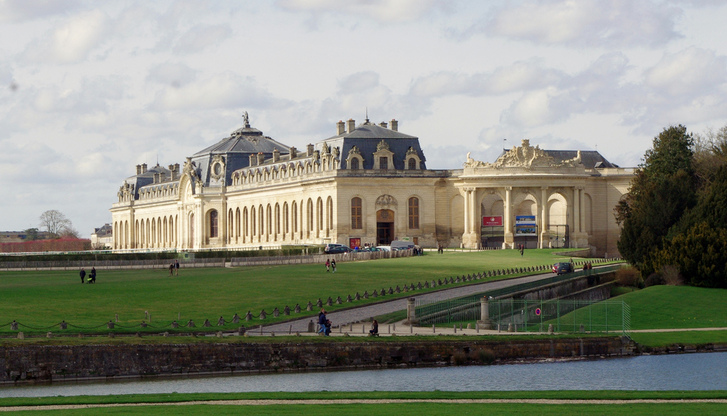
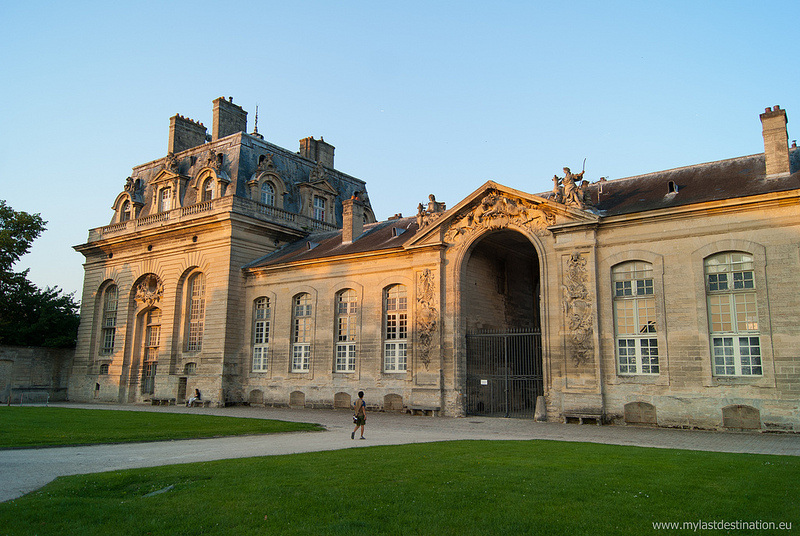
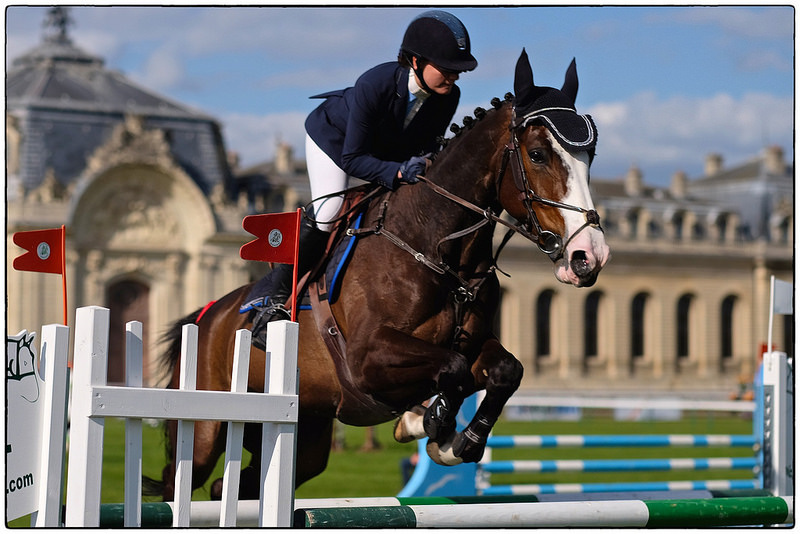
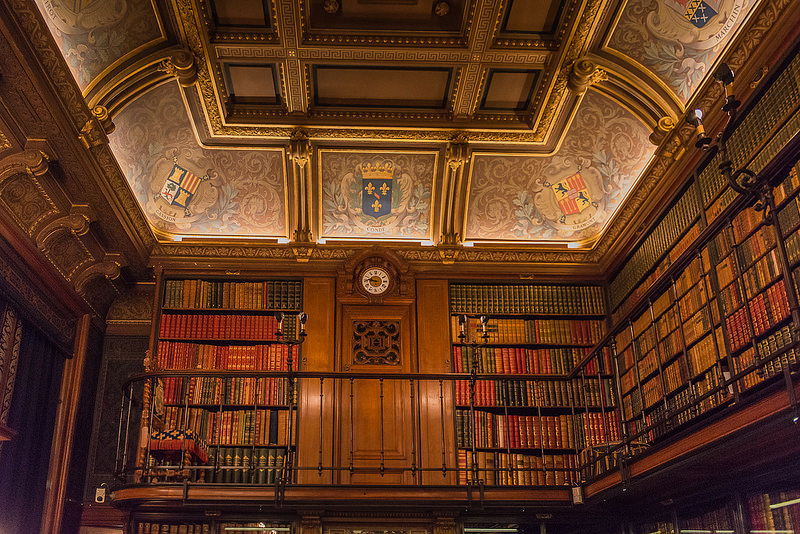
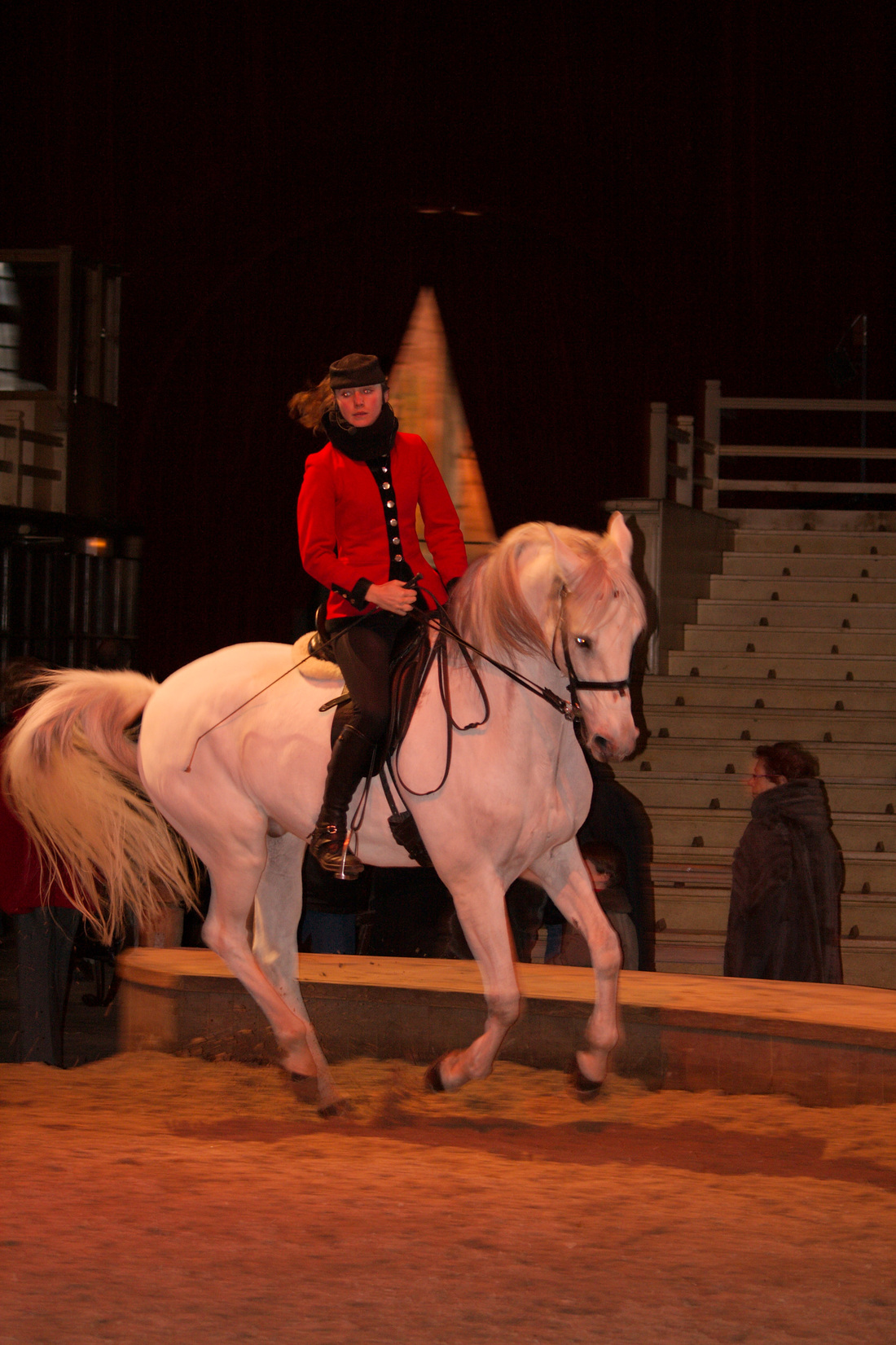

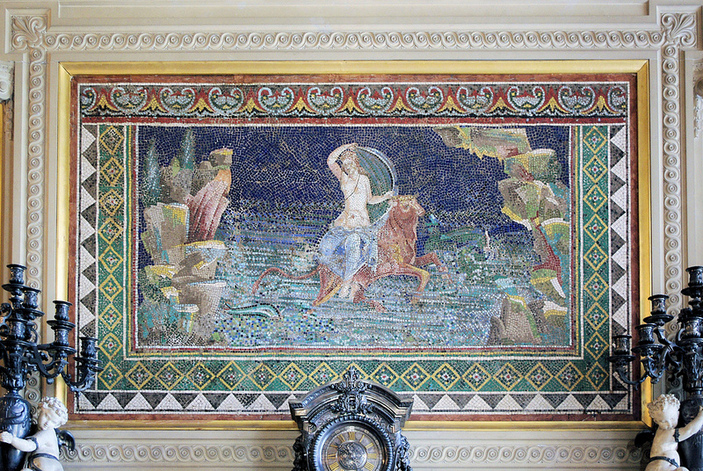
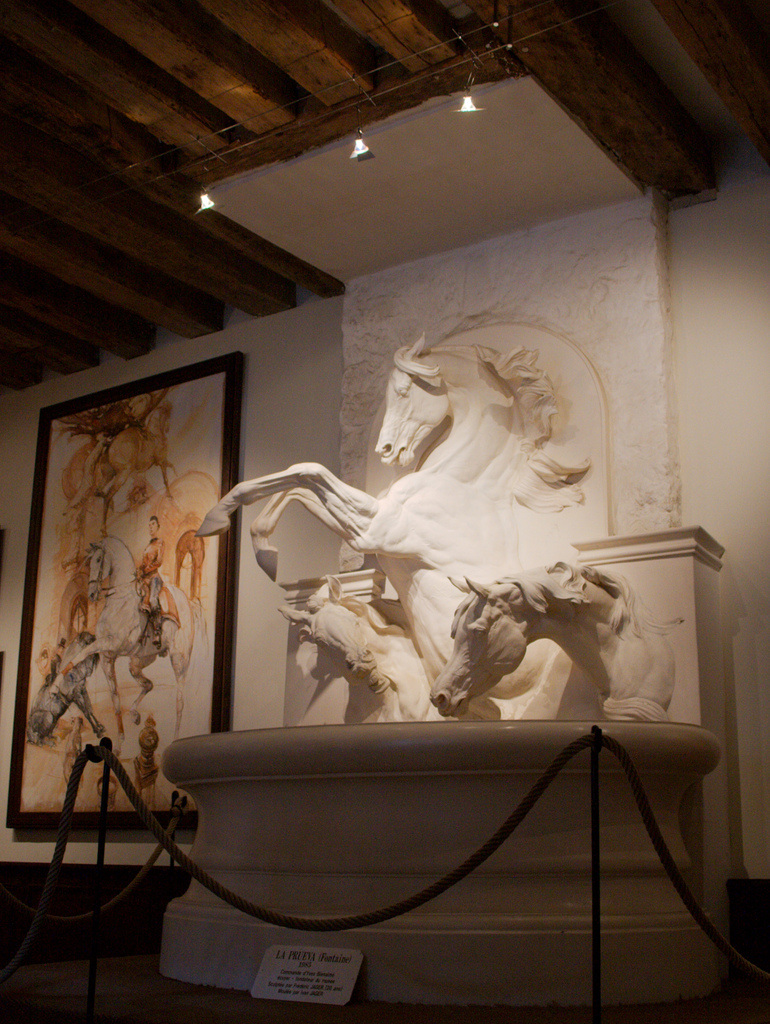
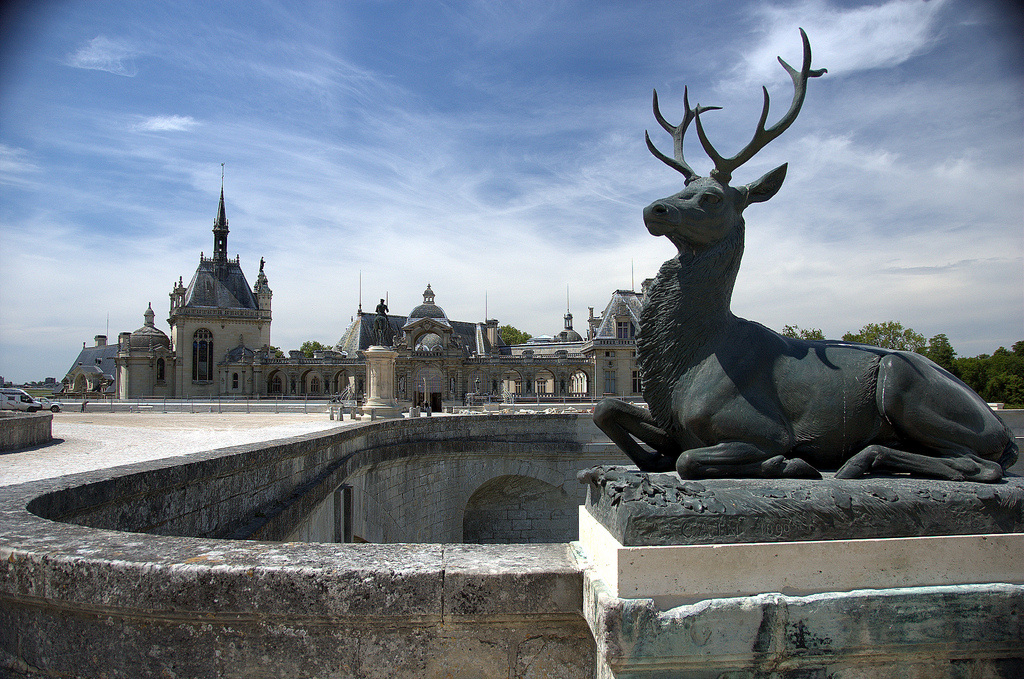

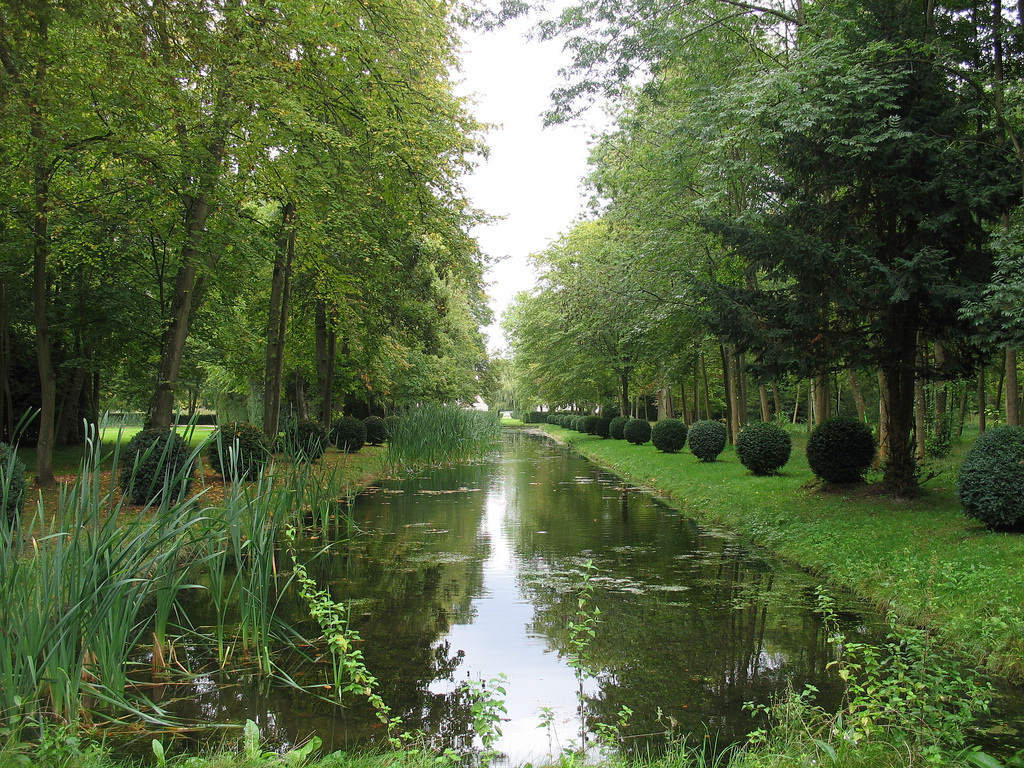
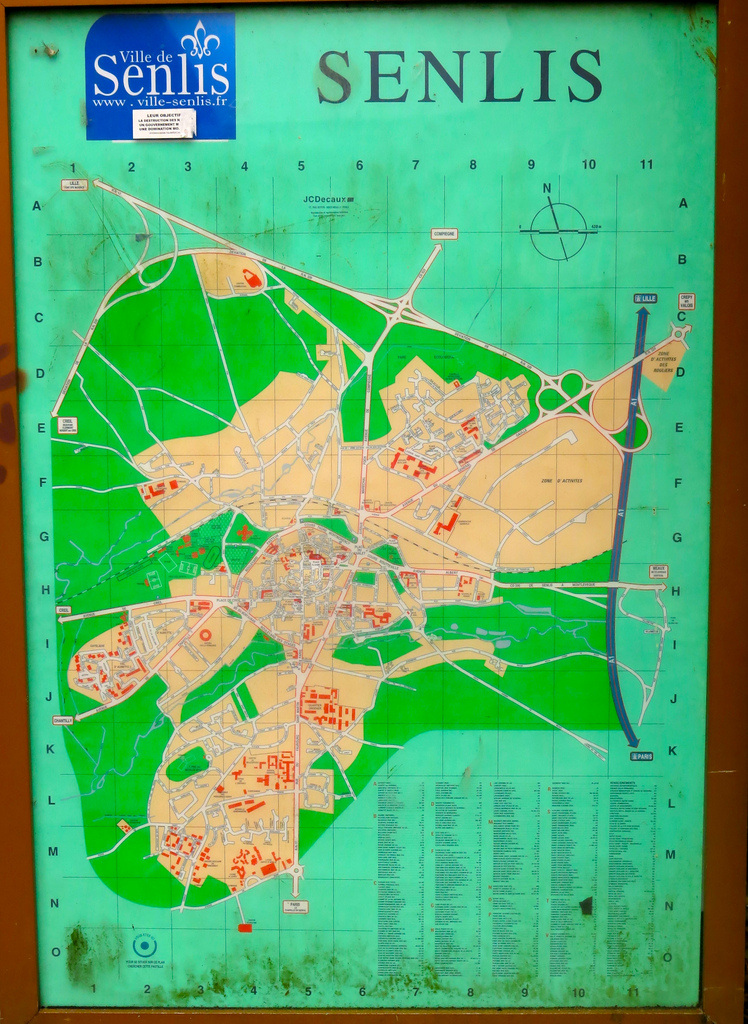


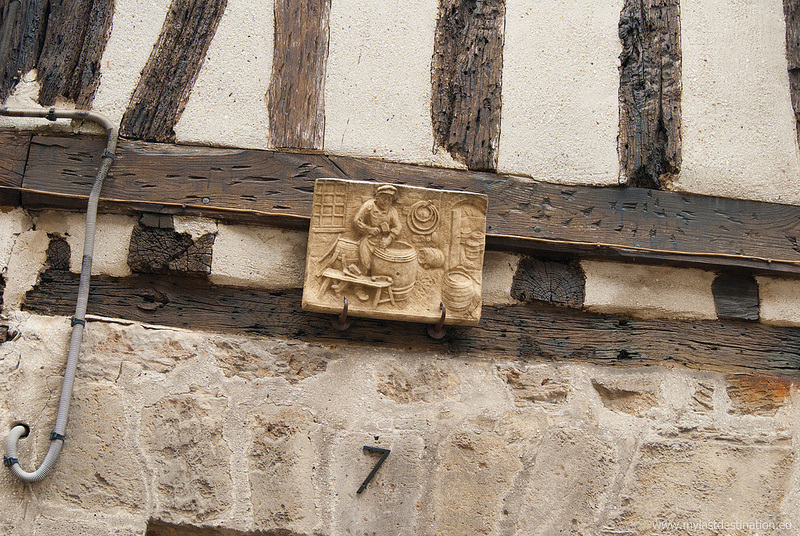
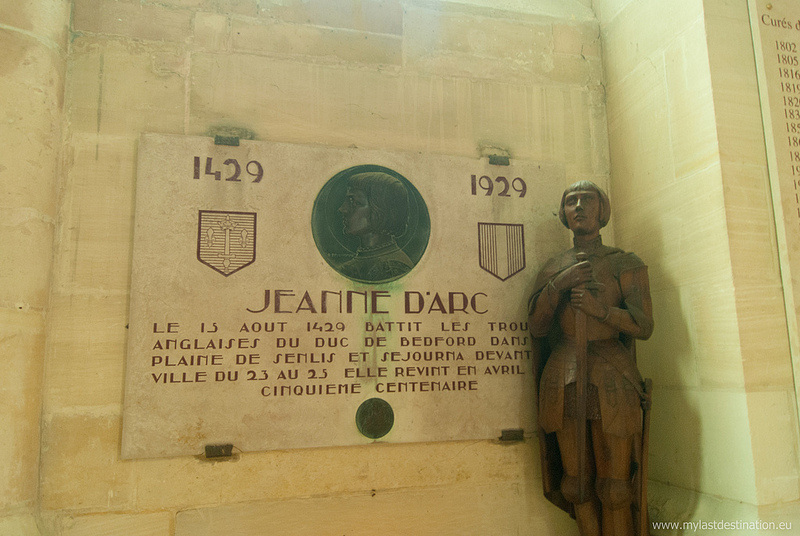
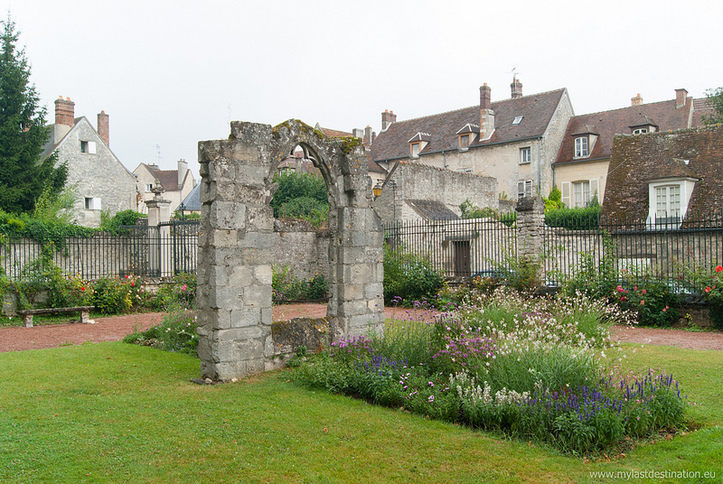


 RSS Feed
RSS Feed
